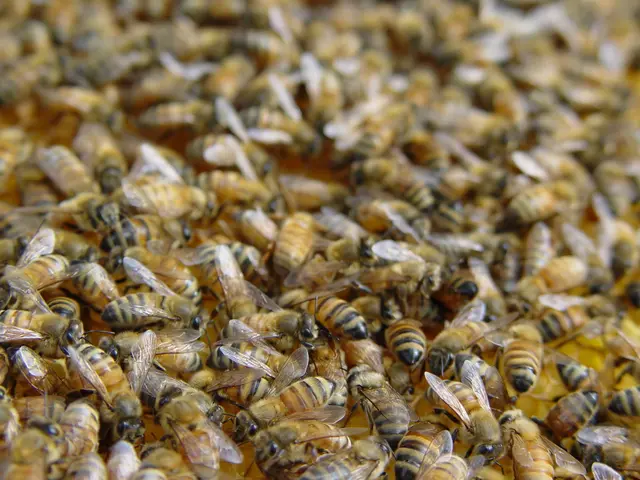Physical activity on a regular basis may help prevent cancer and decrease the risk of its progression.
Regular Exercise Improves Cancer Progression Outcomes and Survival Rates
Regular exercise plays a significant role in improving outcomes for cancer patients and enhancing their chances of survival. A growing body of evidence suggests that exercise, whether it's cardiovascular or strength training, can reduce the risk of cancer progression and improve survival rates.
One of the key benefits of exercise is its ability to create unfavorable conditions for cancer progression. Aerobic activities such as walking, jogging, cycling, and swimming all contribute to cardiovascular fitness, and these activities provide systemic benefits that make it harder for cancer to thrive.
Strength training adds crucial benefits that complement cardiovascular exercise. Maintaining muscle mass becomes particularly important during cancer treatment, as it helps patients maintain their overall health and wellbeing. Strength training also provides unique benefits in cancer prevention and treatment, as it helps improve mitochondrial health and cellular energy production in healthy tissues.
Exercise exerts these benefits by multiple mechanisms, including direct anti-cancer effects at a molecular level, reducing systemic inflammation, and improving body composition and cardiorespiratory fitness. For example, exercise increases levels of myokines, muscle-derived proteins with anti-cancer properties that can reduce cancer cell proliferation by 20-30%.
Large observational studies suggest that higher physical activity levels are associated with reduced risks of several cancers (breast, colon, lung, gastric, liver) and improved survival post diagnosis. Even moderate exercise-just over an hour per week-creates measurable protection against cancer progression and death.
In colon cancer patients, structured exercise programs after treatment have been shown to increase 5-year disease-free survival from 74% to 80% and overall survival over an 8-year follow-up from 83% to 90% compared to usual care. Exercise interventions led to a 28% improvement in disease-free survival and a 37% improvement in overall survival in high-risk colon cancer survivors.
Despite strong evidence, some experts recommend further confirmatory trials before adopting extensive, structured exercise programs universally for all cancer patients, due to variability in individual patient conditions. However, regular exercise during and after cancer treatment is increasingly being recommended as a standard component of cancer care and survivorship management.
In summary, regular exercise during and after cancer treatment is a powerful adjunct that can improve prognosis by reducing recurrence risk and enhancing overall survival, partly through molecular and systemic physiological changes. It is important to start exercising as soon as possible, as the best time to start was yesterday, and the second best time is today. Starting with realistic goals that fit current fitness level and lifestyle constraints is important, and the accessibility of cardiovascular exercise makes it an ideal starting point for people beginning their cancer-fighting fitness journey.
- Science has revealed that regular exercise plays a significant role in medical-conditions such as cancer, improving outcomes for patients and enhancing their chances of survival.
- In addition to cardiovascular fitness, strength training is crucial for cancer patients as it helps maintain muscle mass, which is vital for overall health and wellness during treatment.
- Exercise, particularly aerobic activities and strength training, can reduce the risk of cancer progression by creating unfavorable conditions and fostering health-and-wellness, including improved mitochondrial health and cellular energy production in healthy tissues.




